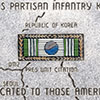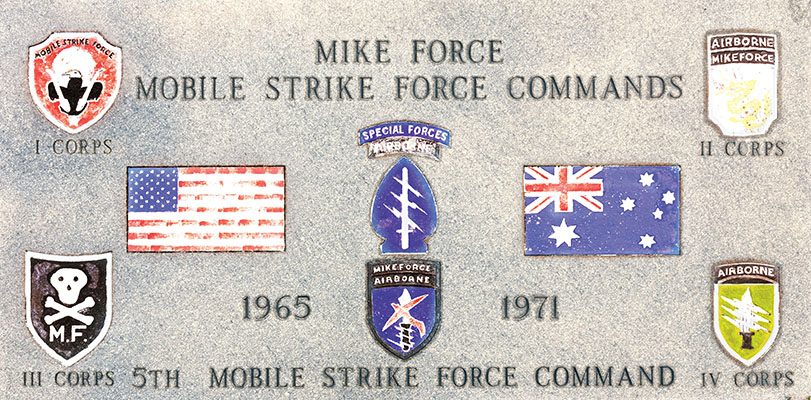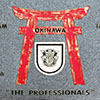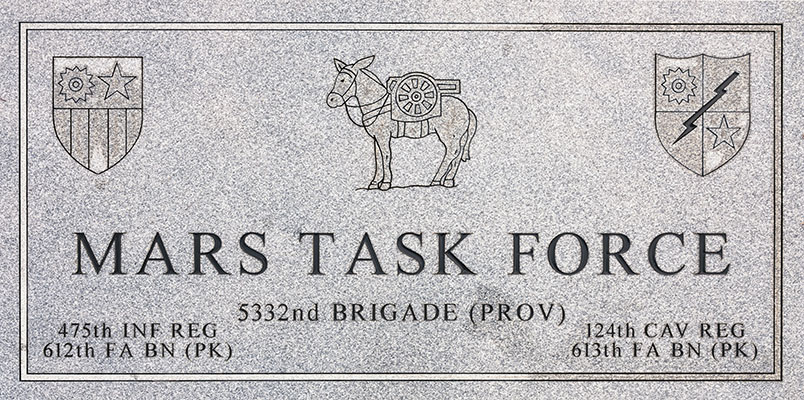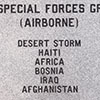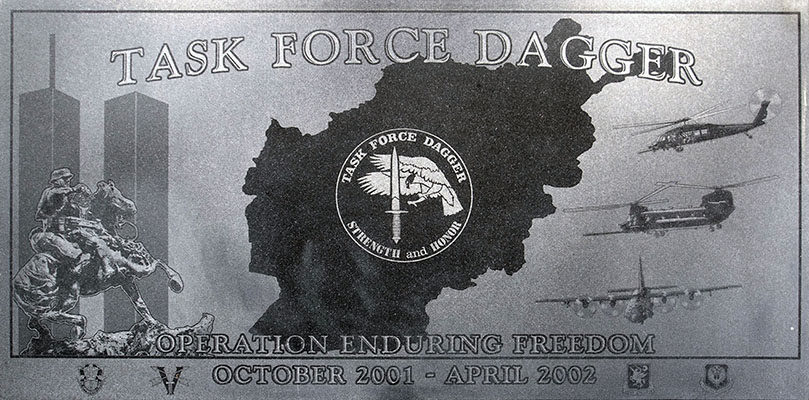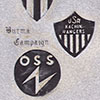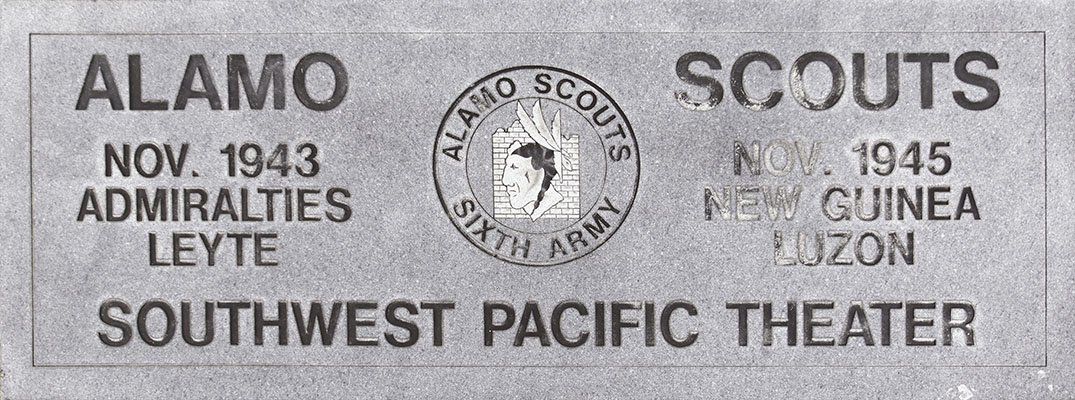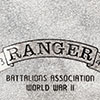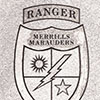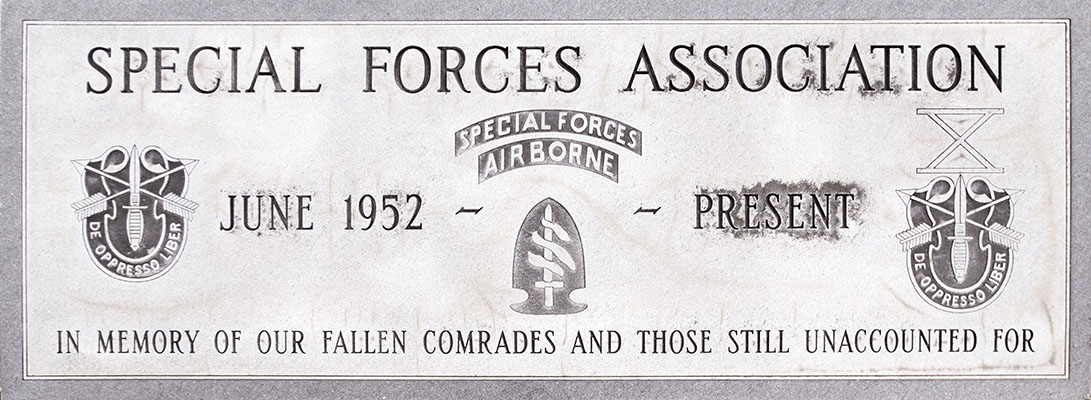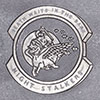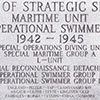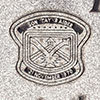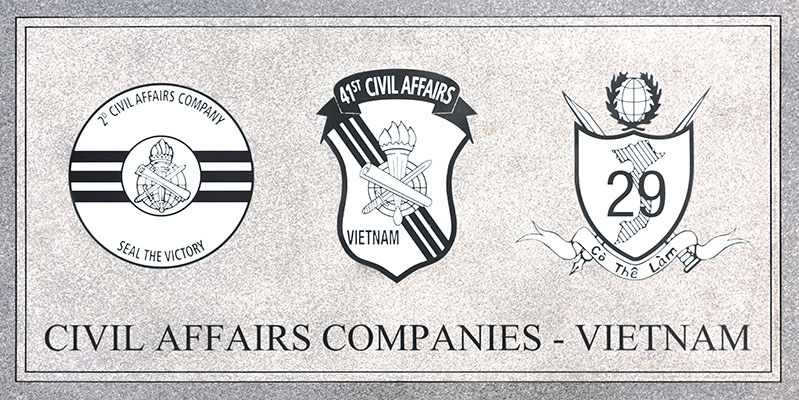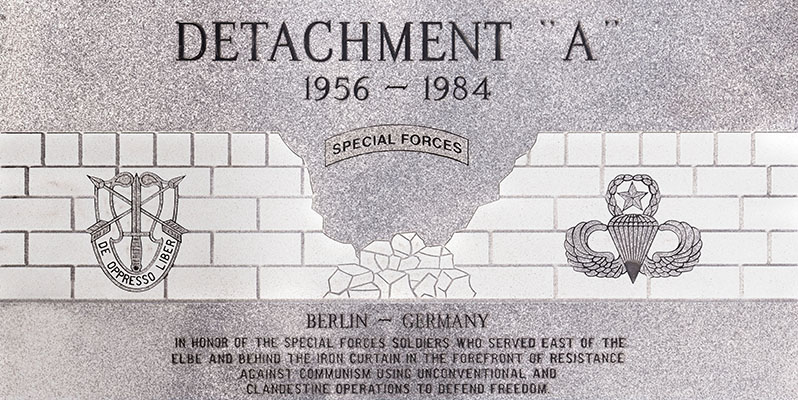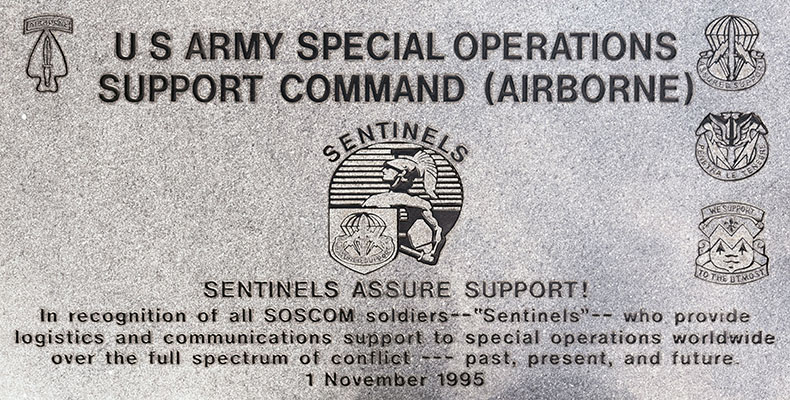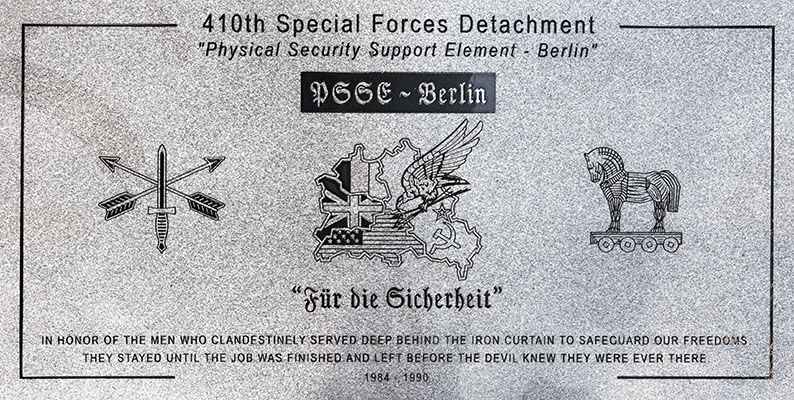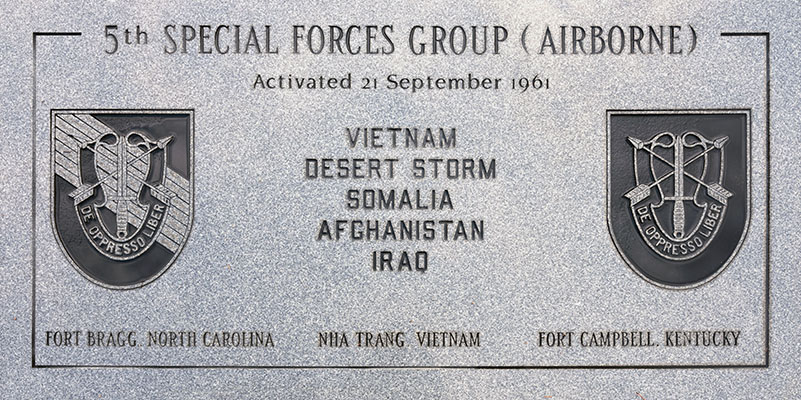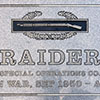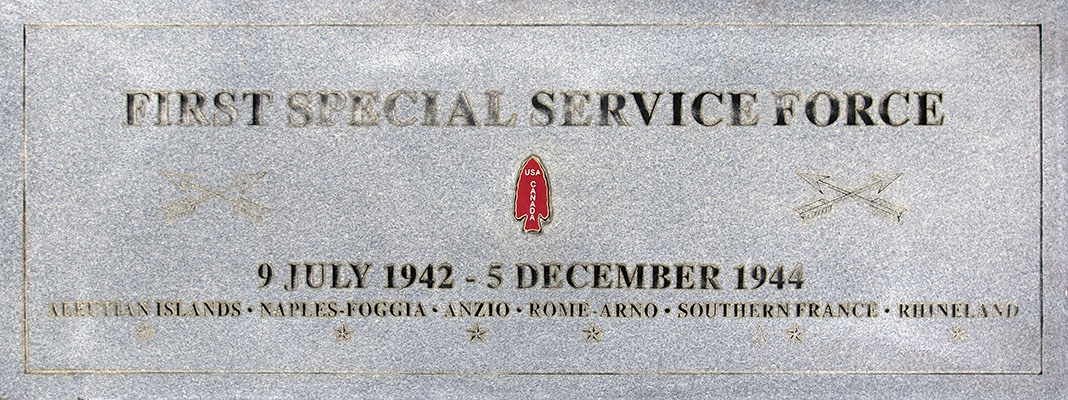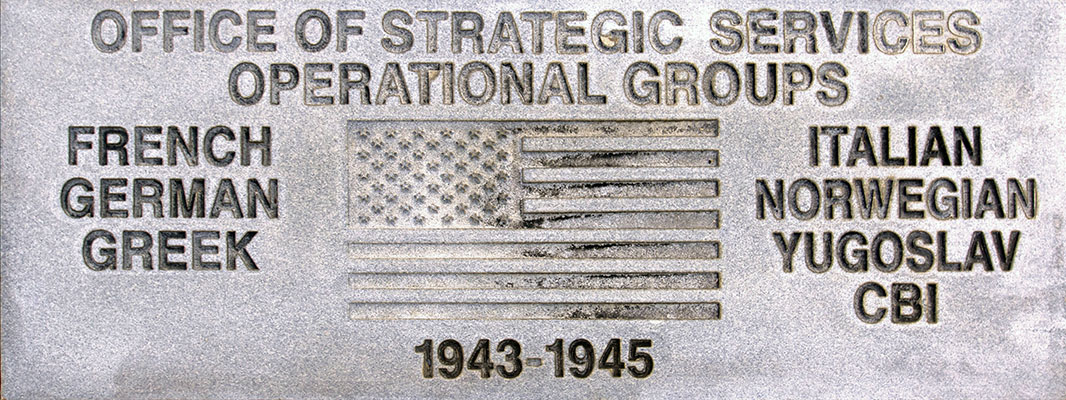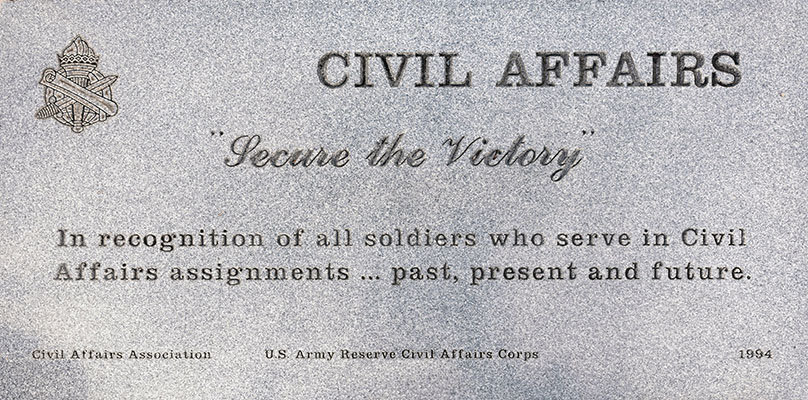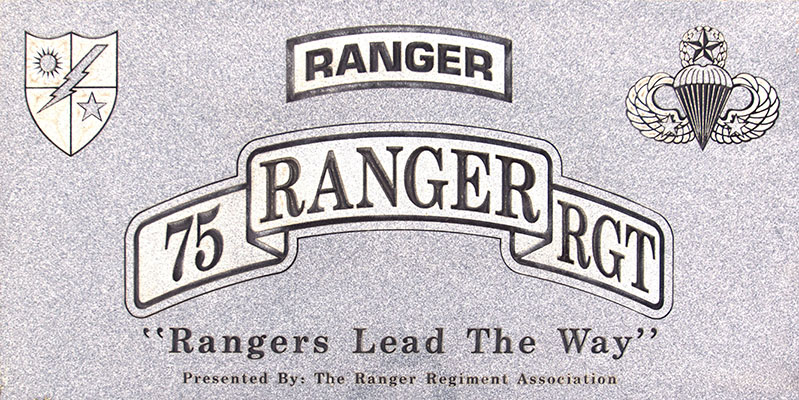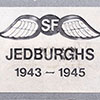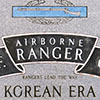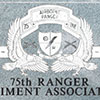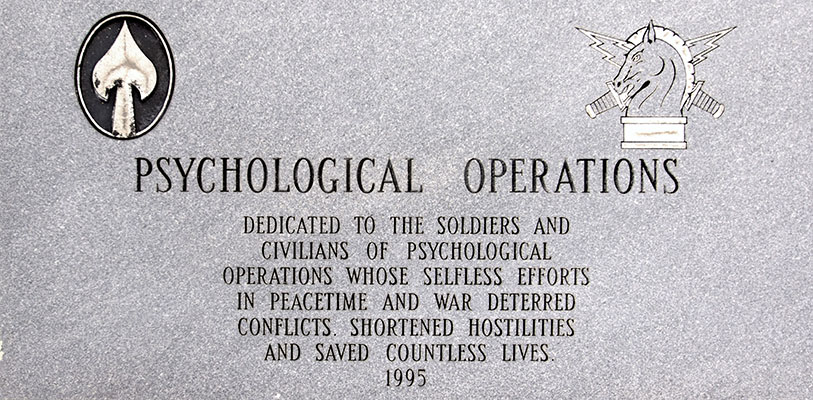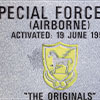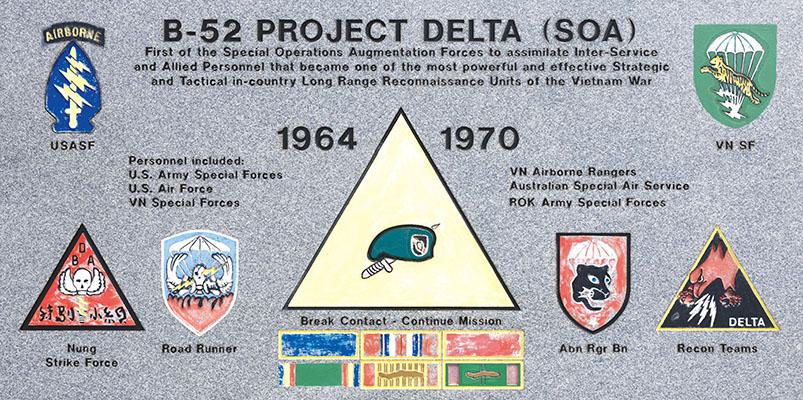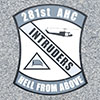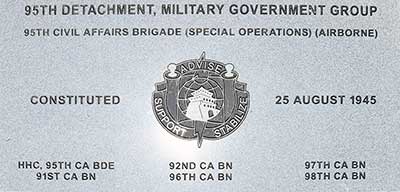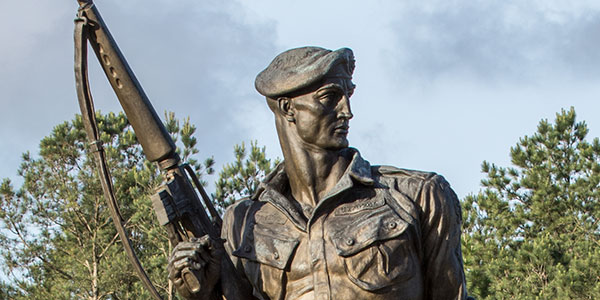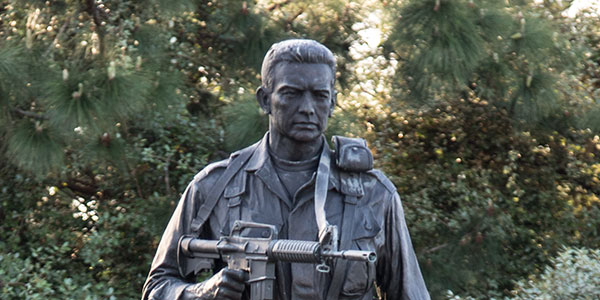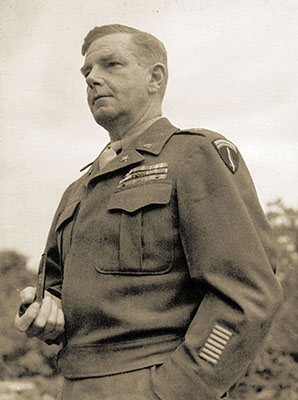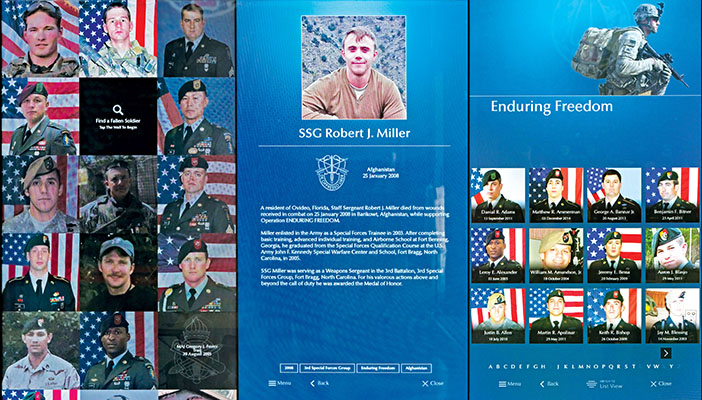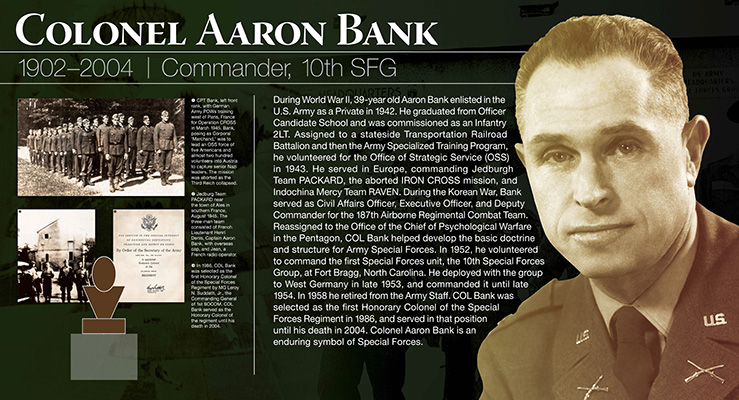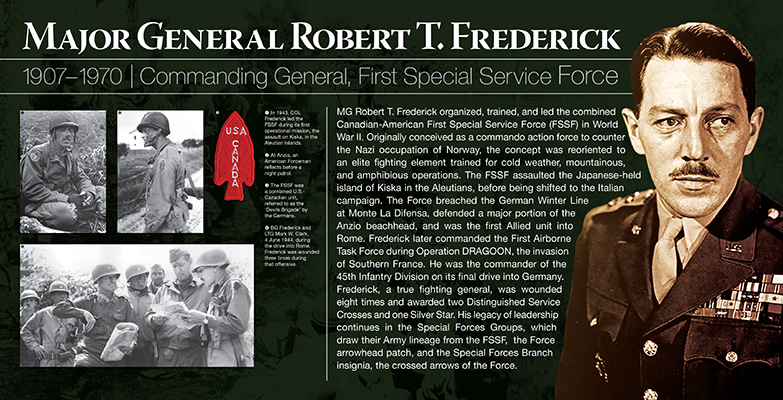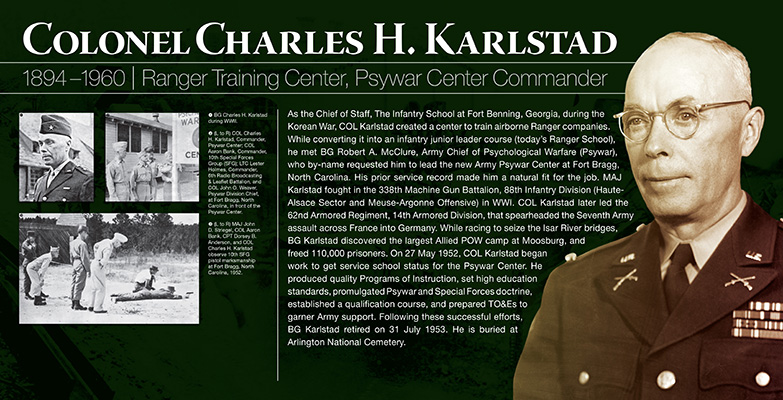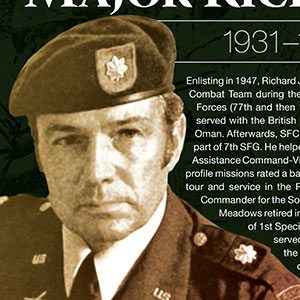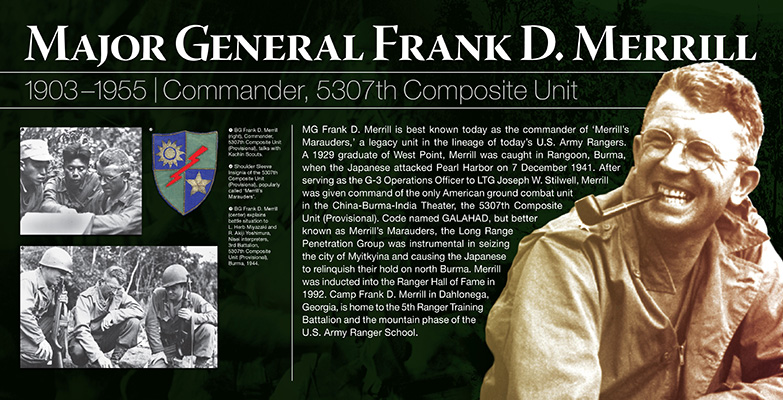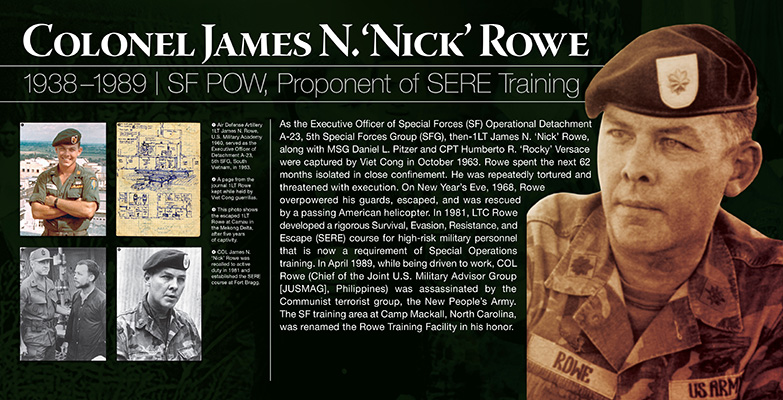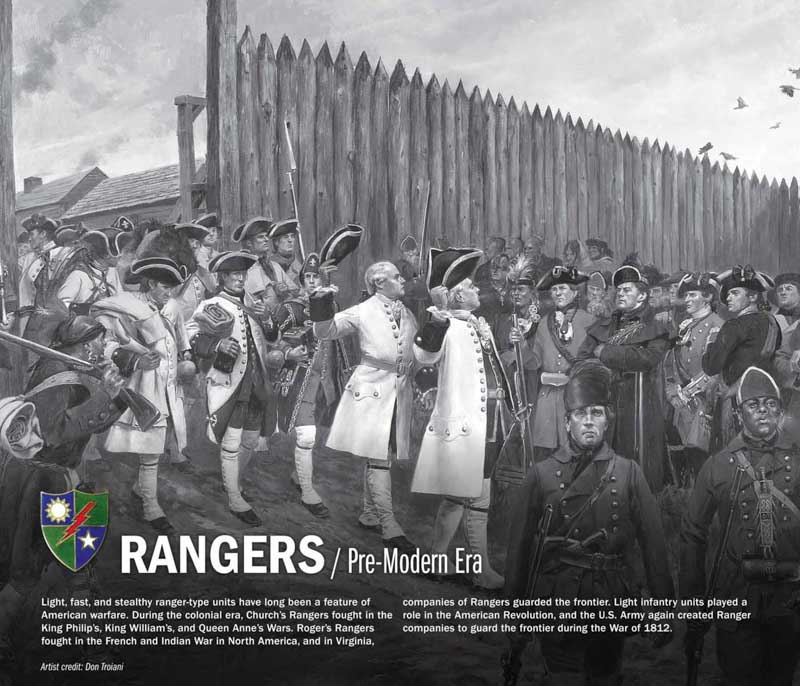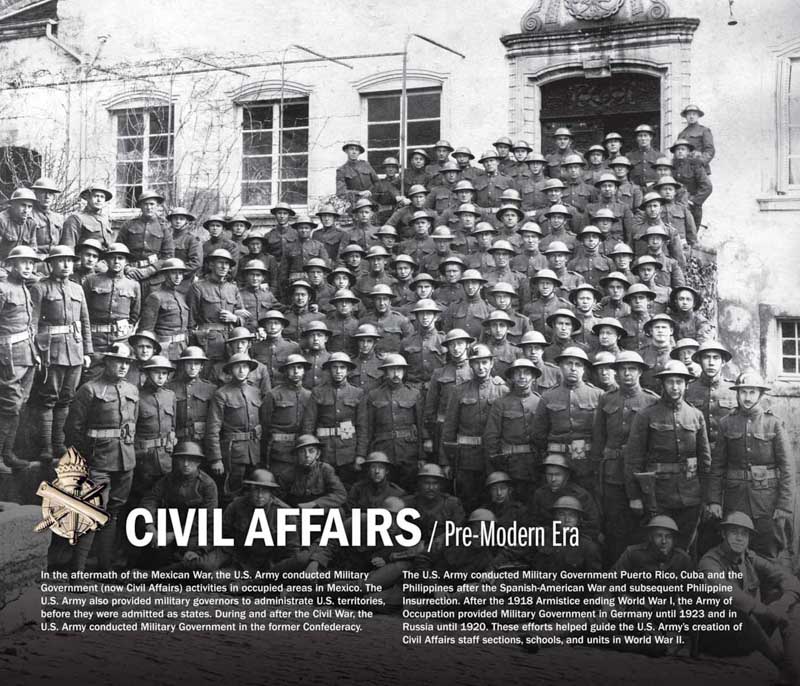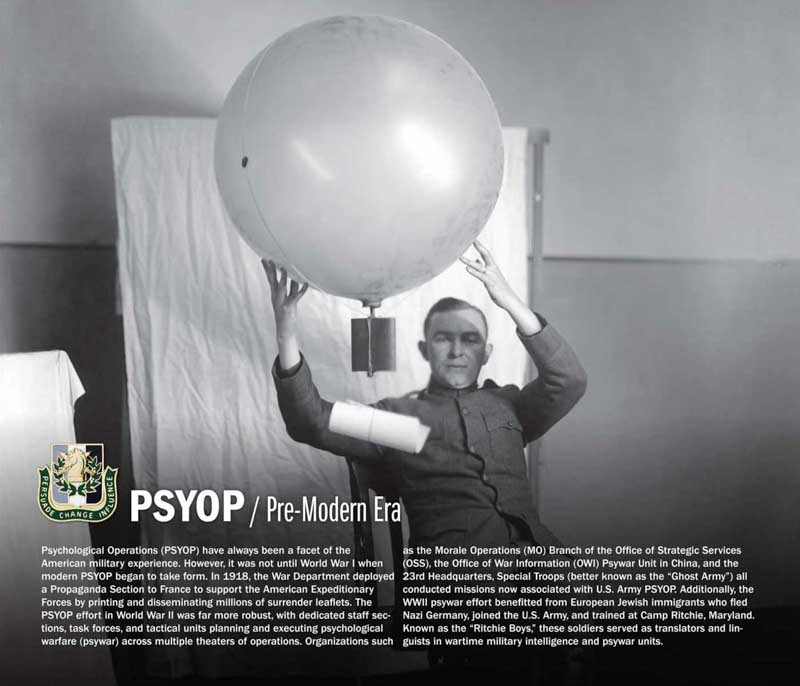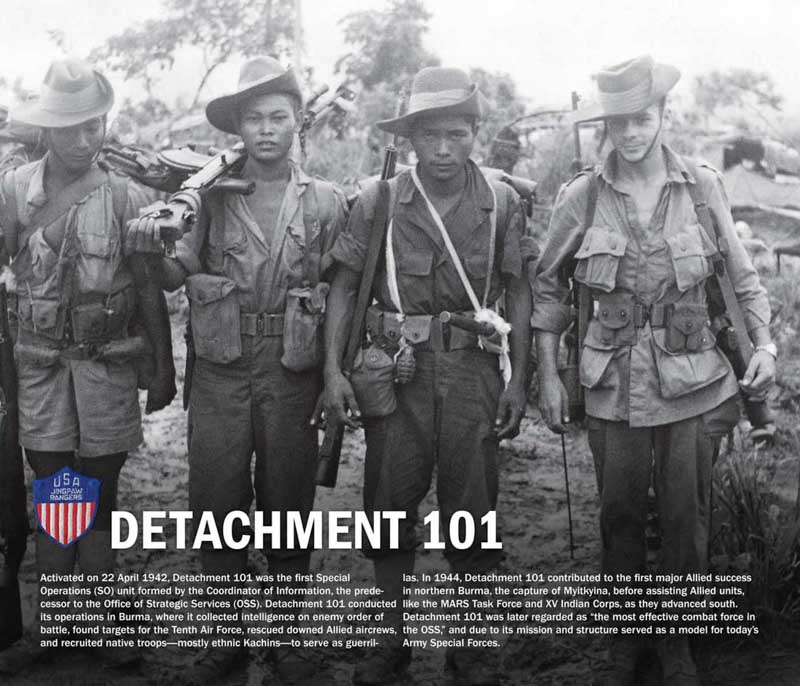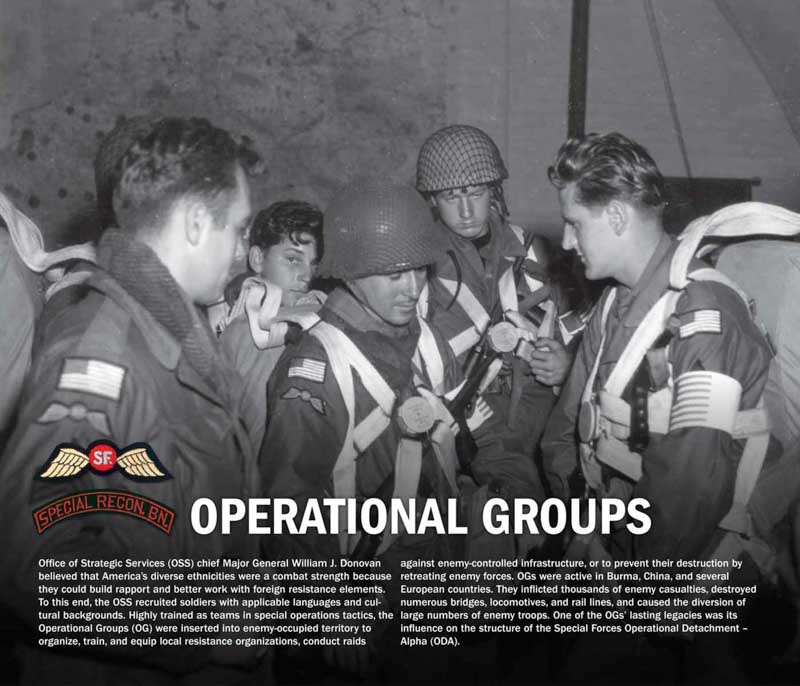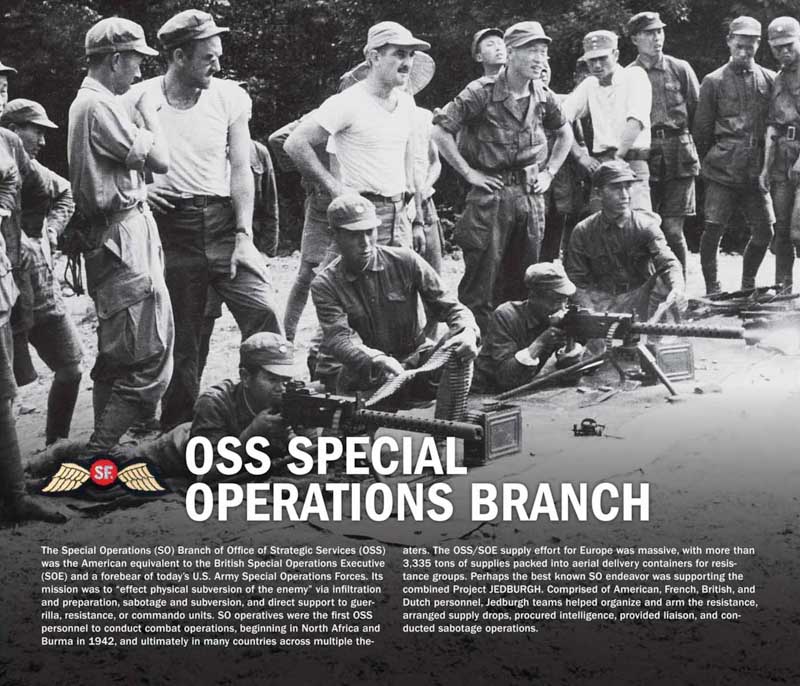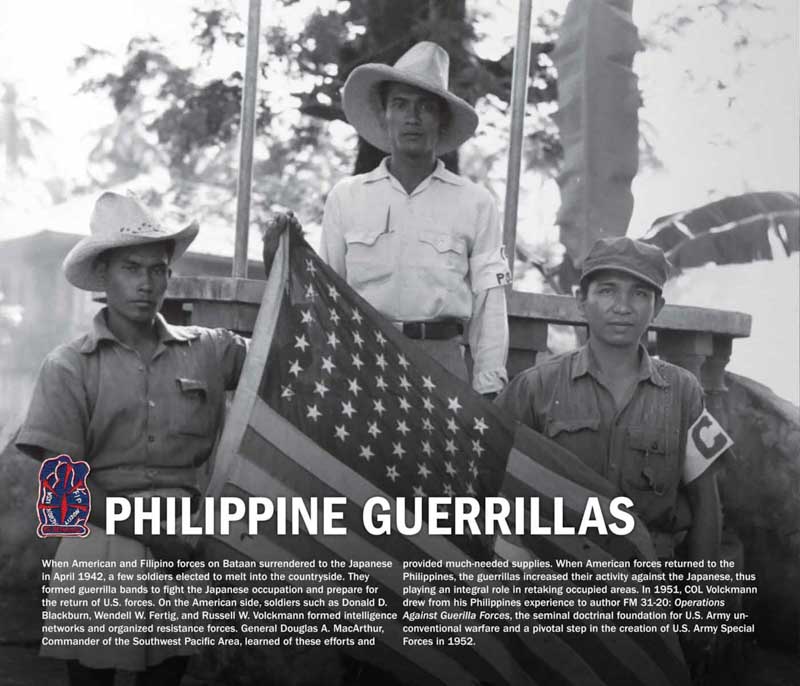Headquarters, USASOC
Honoring ARSOF History, Legacy, and Sacrifice
The U.S. Army Special Operations Command (USASOC) was officially activated on 1 December 1989. However, modern Army Special Operations Forces (ARSOF) extend back to World War I with Psychological Operations (PSYOP) and Civil Affairs (CA), and to World War II with Special Forces (SF), Rangers, and ARSOF Support.
It was during the Second World War that such well-known units as the First Special Service Force, the Ranger Battalions, Merrill’s Marauders, MARS Task Force, and the Office of Strategic Services, were established and contributed to ultimate Allied victory. Since then, ARSOF soldiers have conducted operations across the globe, establishing a tradition of service, sacrifice, and valor in defense of the nation.
The first predecessor command to have an unbroken connection to USASOC was the Psychological Warfare (Psywar) Center and School, activated on 10 April 1952 and existing today as the U.S. Army Special Warfare Center and School (USAJFKSWCS). Accordingly, USASOC uses that date as its starting point for memorializing its fallen soldiers. Described below are the many ways in which USASOC honors its history, its legacy, and its people.
- Introduction
- Memorial Wall
- Eagle Rising Statue
- Stones in the USASOC Memorial Plaza
- Special Forces Soldier Statue
- MAJ Richard J. Meadows Statue
- Eagle and Stars Display
- Major General Robert A. McClure Building
- First Special Service Force Display
- Interactive Memorial Display
- Medal of Honor HQ Panels
- ARSOF Icons HQ Panels
- ARSOF Heritage Auditorium Display







